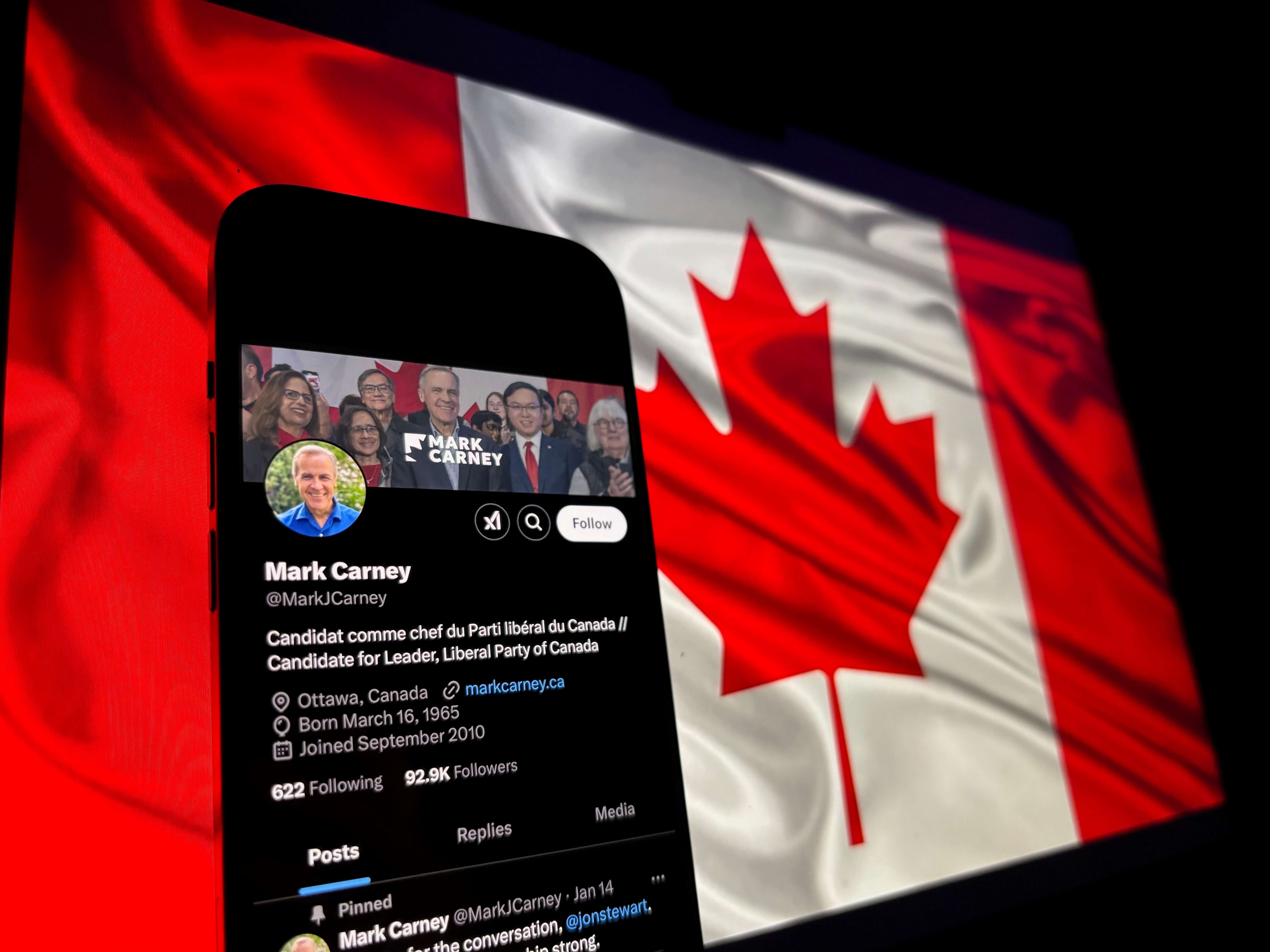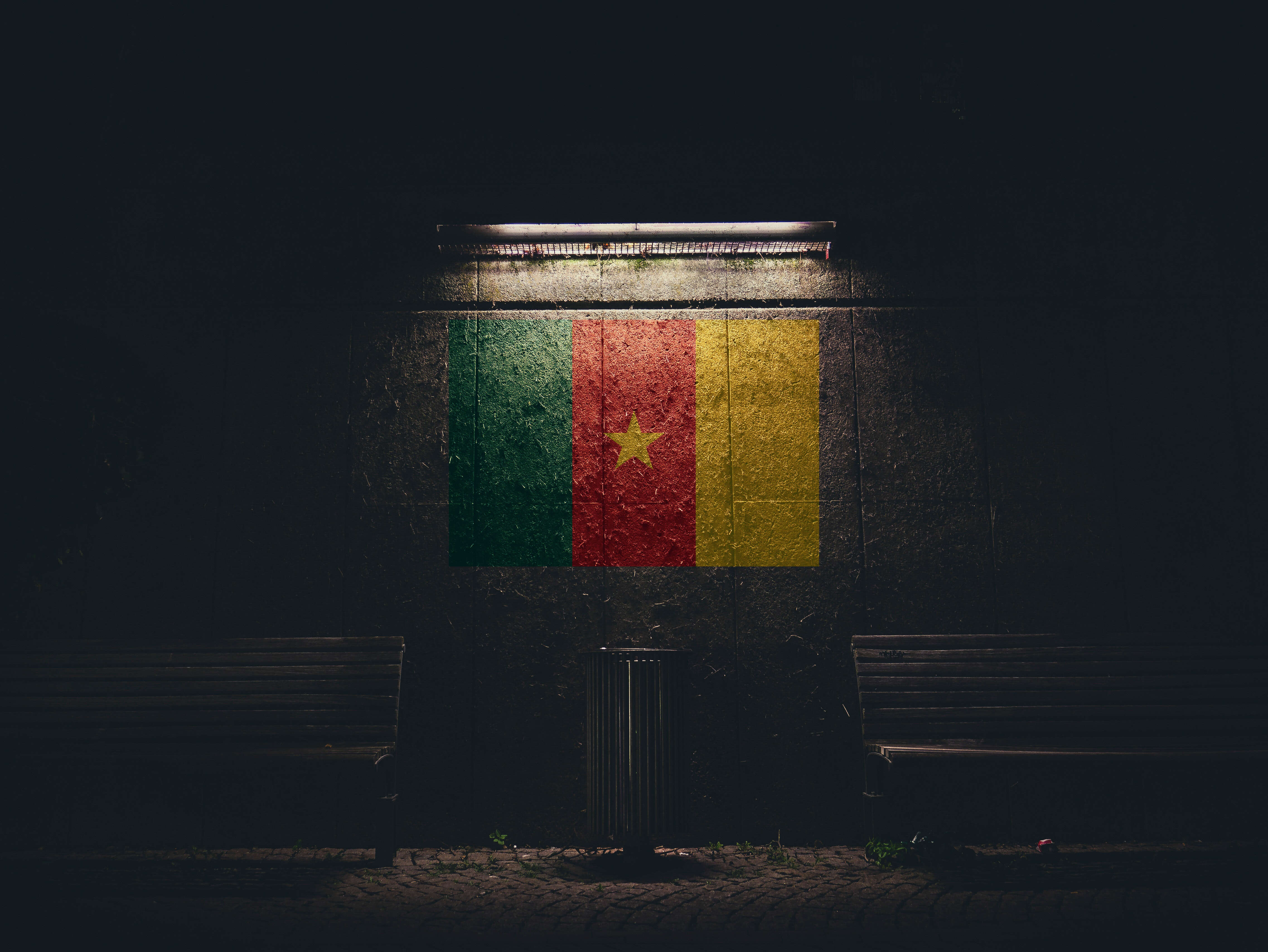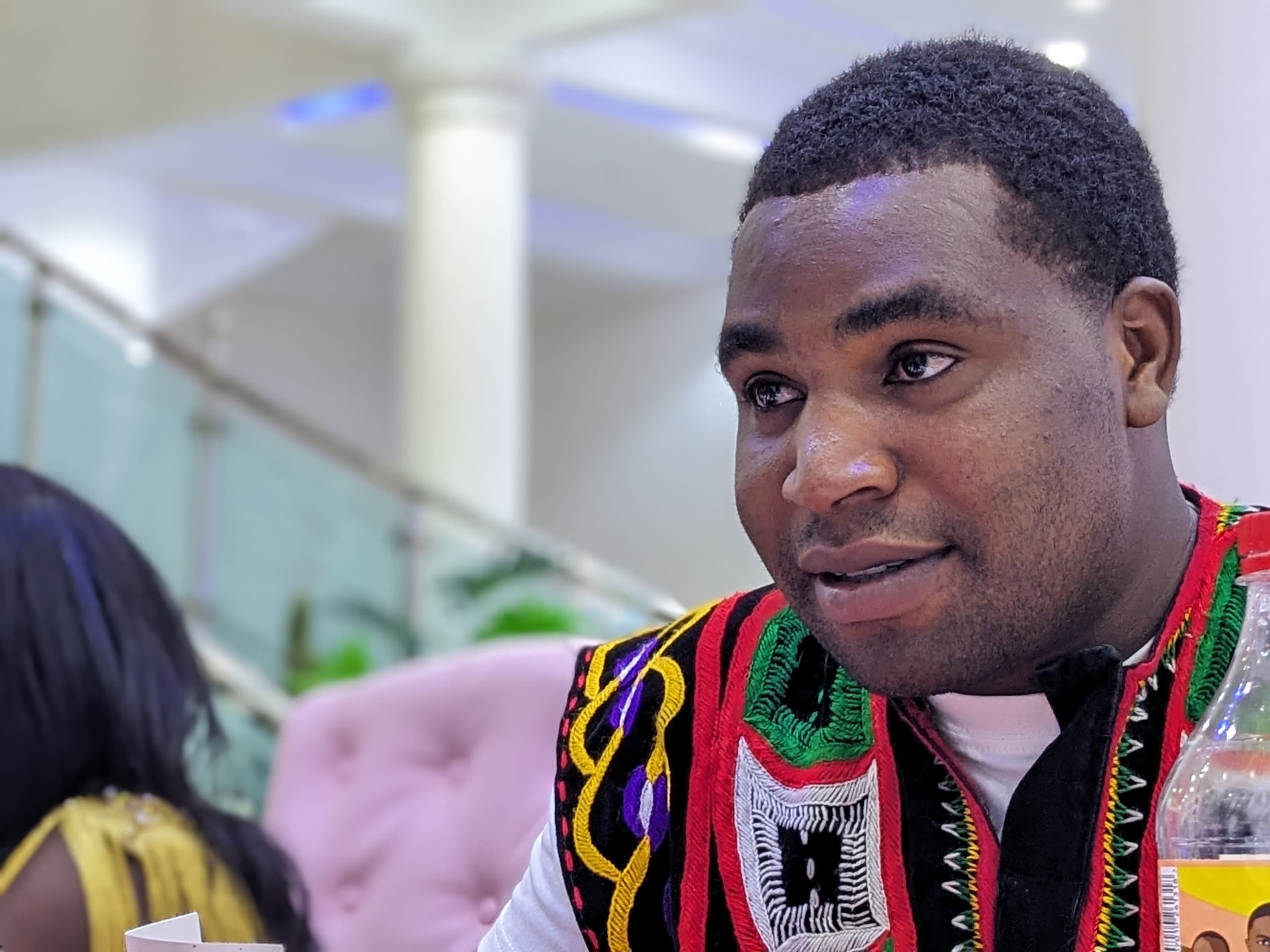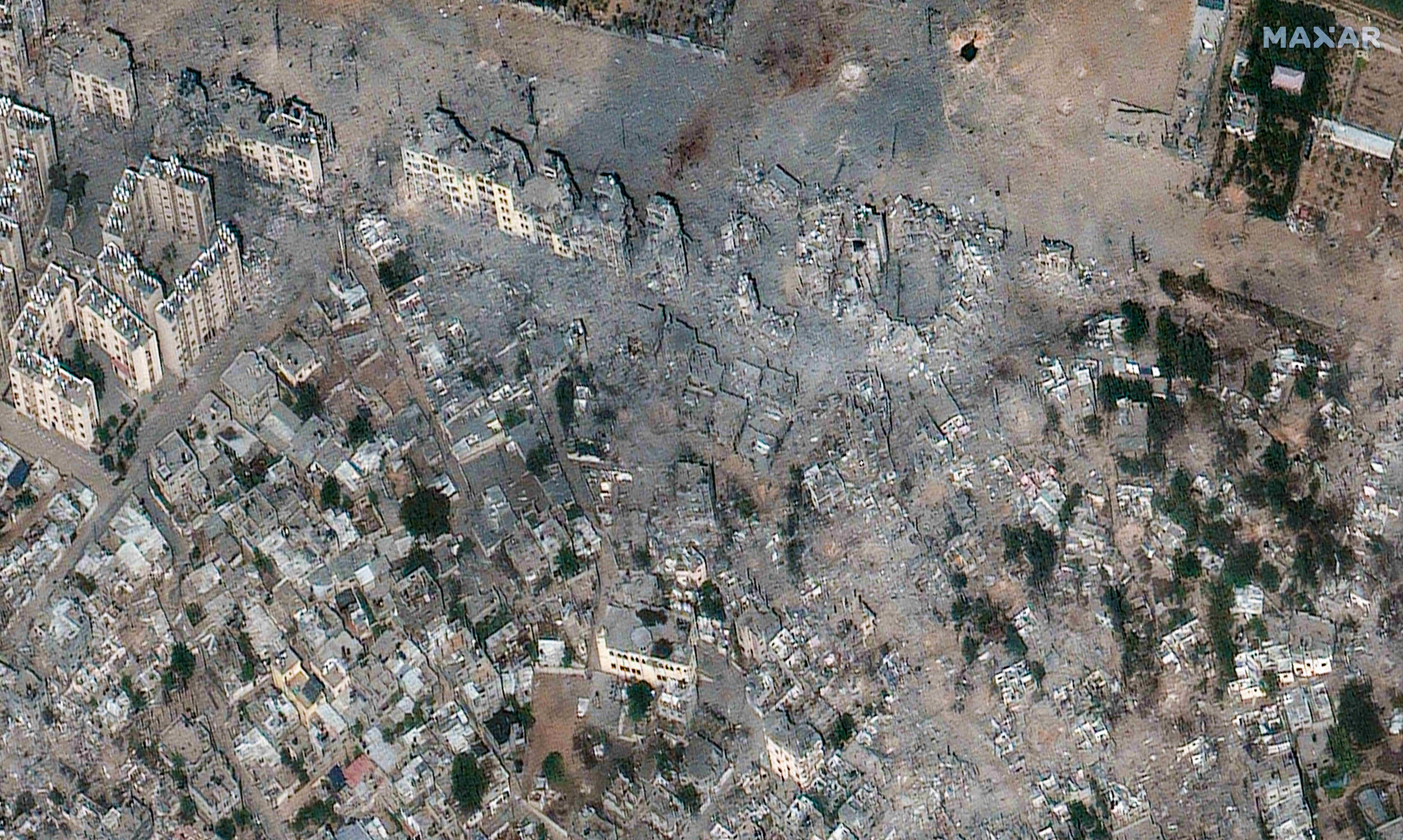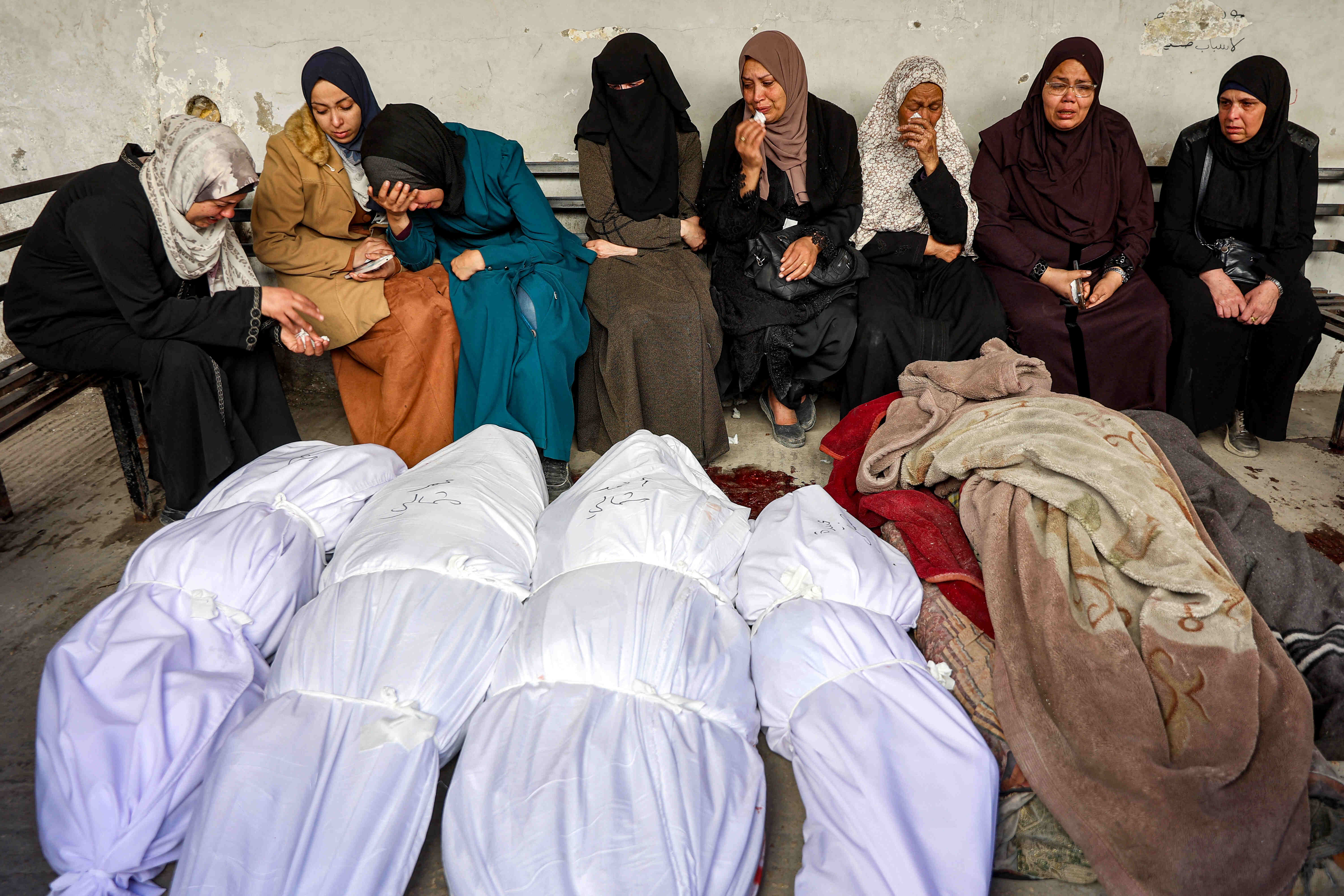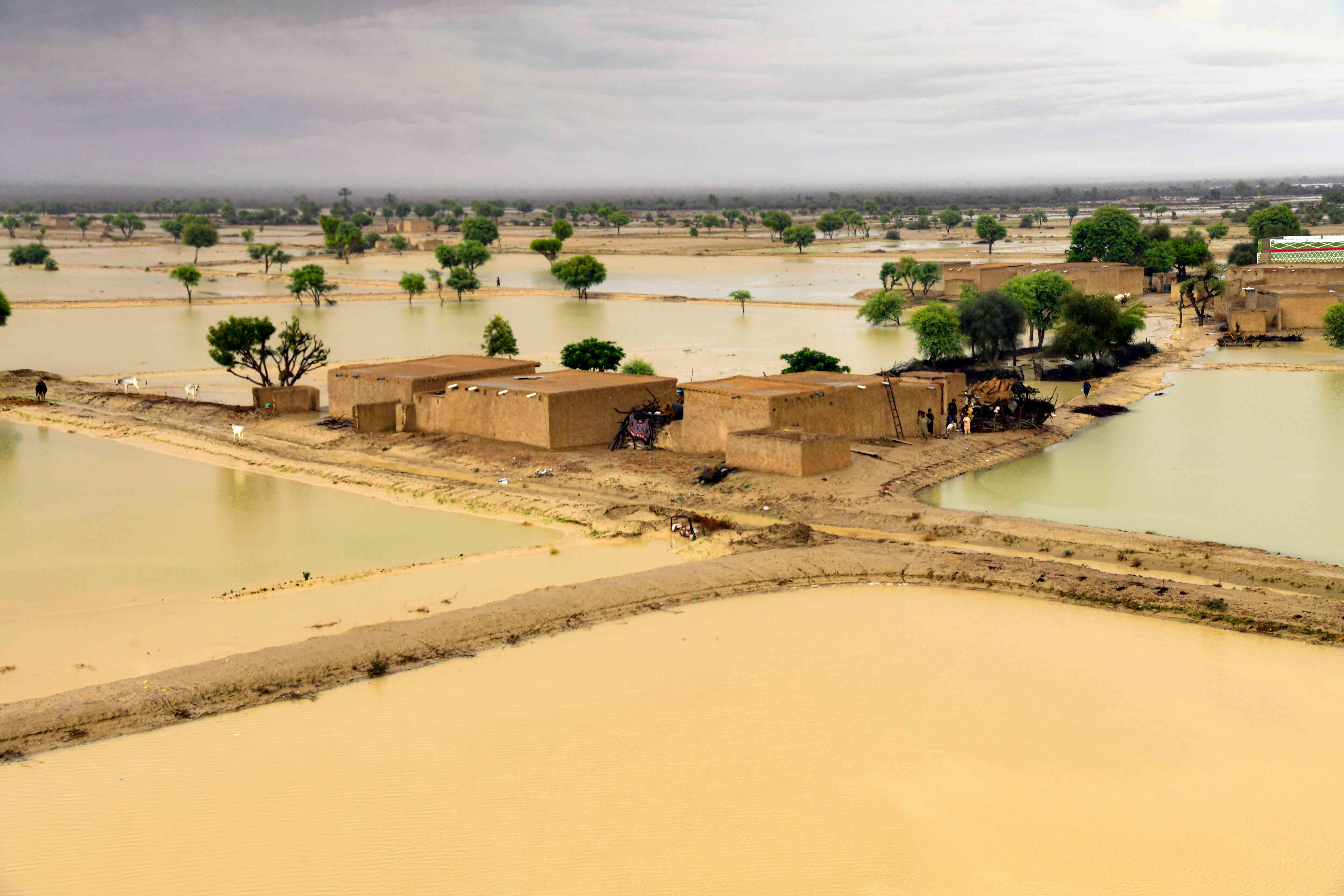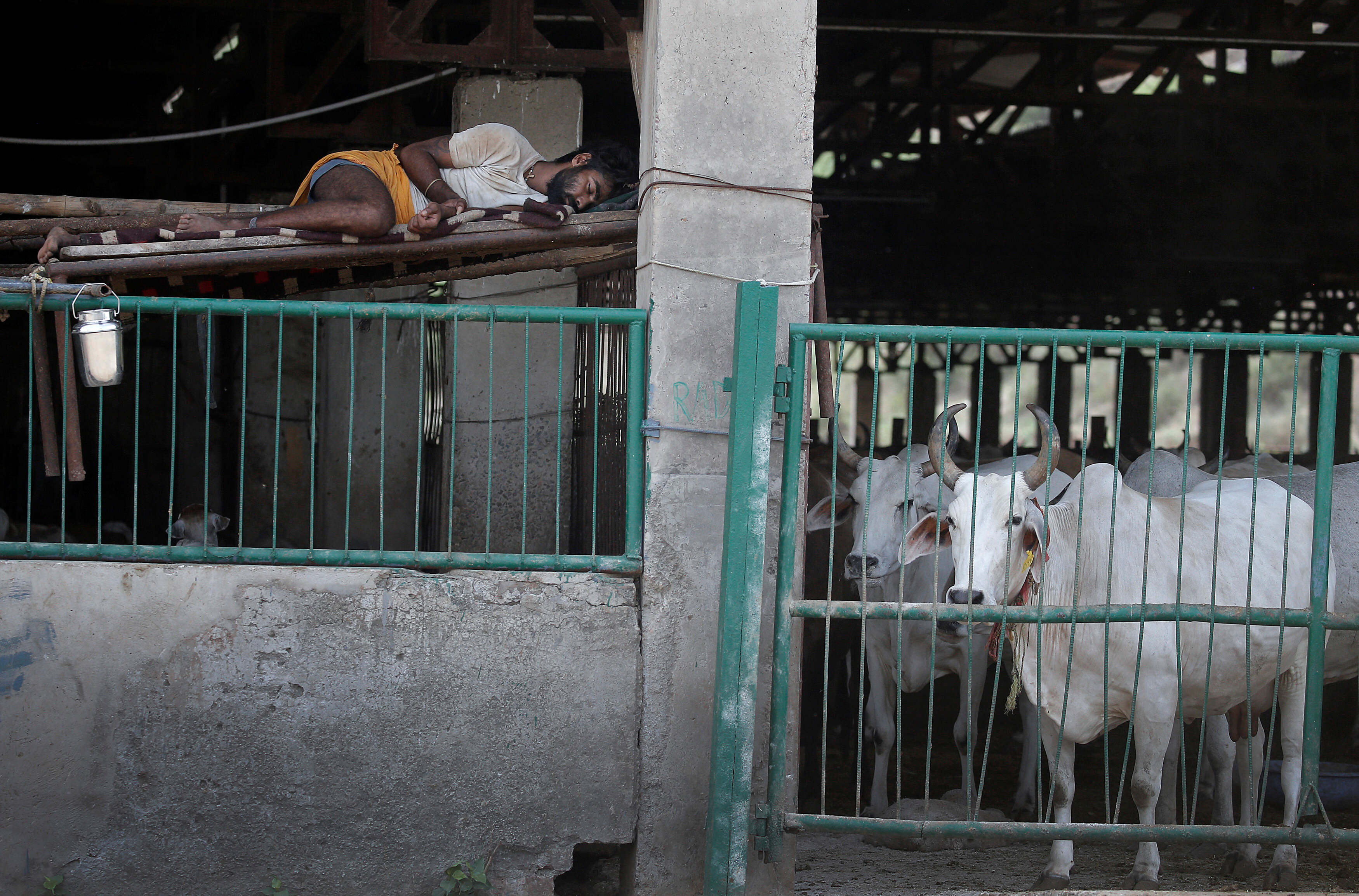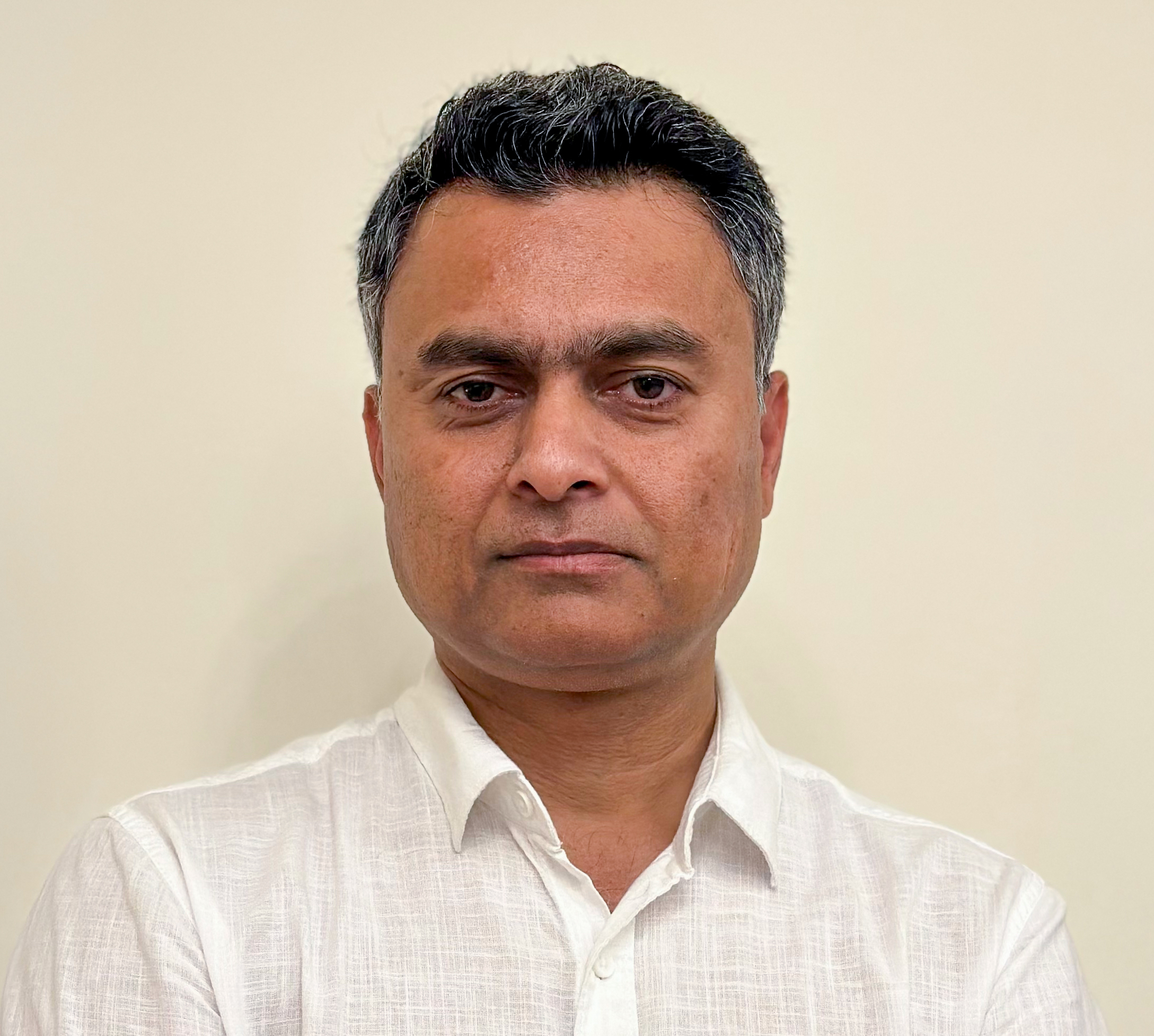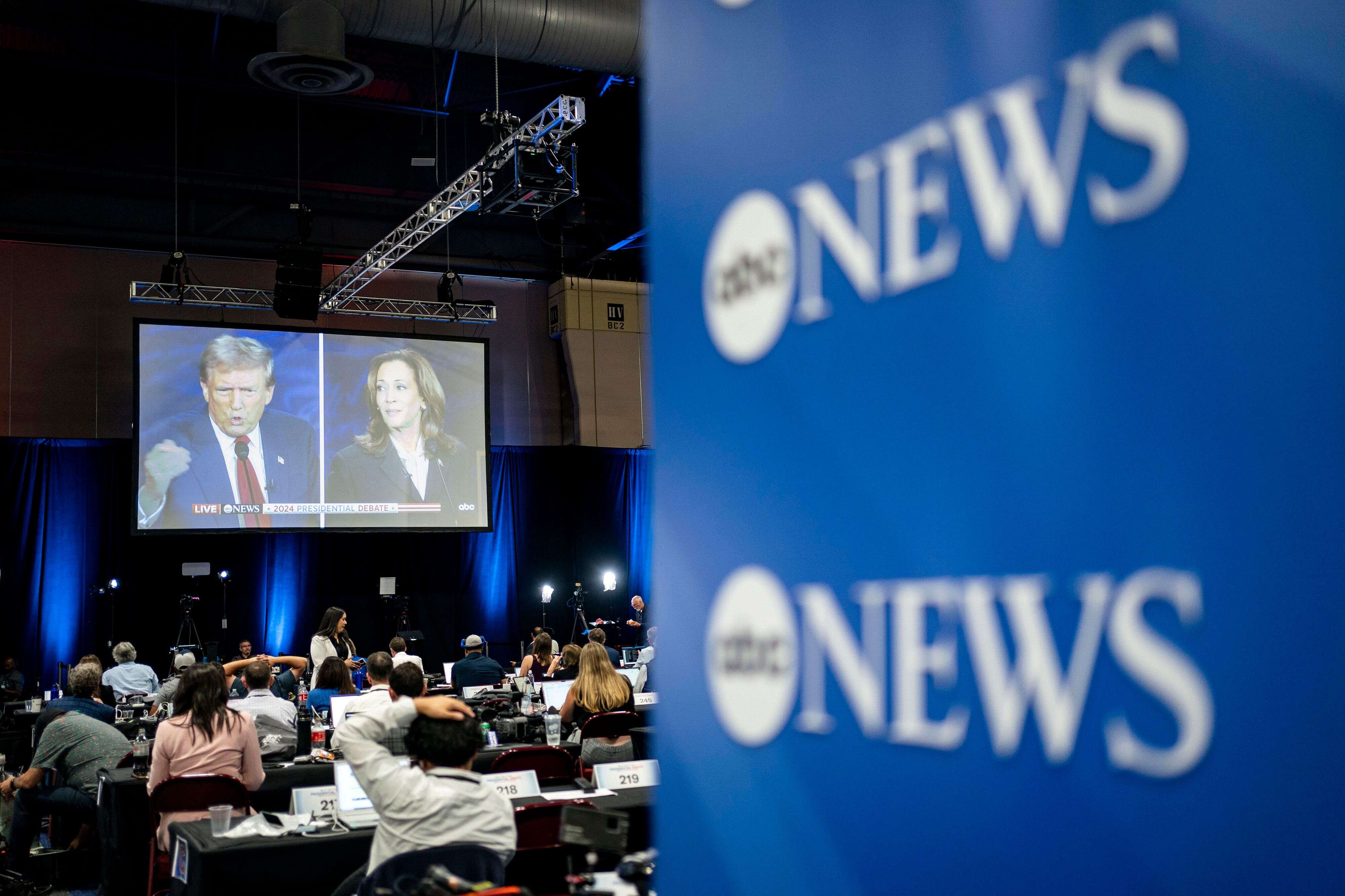إن الحروب الهجينة ليست بالتأكيد ظاهرة جديدة، وقد أطلق المؤرخون هذا المصطلح لوصف الاستخدام المتزامن للقوات التقليدية وغير النظامية في الحملة العسكرية نفسها، ولكن مطلع القرن الحادي والعشرين، أصبح استخدام المصطلح وسيلة شائعة لوصف الطابع المتغير للحروب المعاصرة. ويشمل في جملة ممارساته الهجمات السيبرانية والحملات المكثفة للتضليل والتلاعب بالمعلومات؛ إذ أضحت وسائل الإعلام الاجتماعي إحدى قنوات الاتصال الرئيسة المستخدمة لنشر المعلومات المضللة والشائعات والتزييف العميق، وجزءا لا يتجزأ من إستراتيجية الحروب، وتُستخدم على نطاق واسع لتنسيق الأعمال وجمع المعلومات، والأهم من ذلك، للتأثير على معتقدات الجماهير المستهدفة ومواقفهم، بل وتعبئتها من أجل الحرب.
في الحرب الإسرائيلية على غزة التي أعقبت عملية "طوفان الأقصى" في السابع من أكتوبر/تشرين 2023، تسلحت الدعاية الإسرائيلية وحلفاؤها ومؤيدوها بالأكاذيب والتلاعب بالمعلومات بوصفها سلاحا إلى جانب عملياتها العسكرية على الأرض، وتعامل مدققو المعلومات مع أشكال جديدة من التلاعب الجماعي بالمعلومات خلال الحروب لم يسبق لهم التعامل معها، خصوصا في ظل استخدام تقنيات الذكاء الاصطناعي في توليد المحتوى المضلل، الذي يصعب تفنيده بالأدلة القاطعة مقارنة بالادعاءات الأخرى.
ومنذ اللحظة الأولى لطوفان الأقصى أدركت إسرائيل أهمية الحرب الإعلامية بوصفها وسيلة لاستمالة الرأي العام العالمي، واستدرار التعاطف معها، وتعزيز صورتها بوصفها ضحية في الوجدان العالمي، ومن ثَمّ تجنيد قوى العالم والدول الكبرى لصالح حربها اللاحقة على قطاع غزة، وما صاحبها من مجازر وحرب إبادة شهد عليها العالم أجمع. وقد هدفت من ورائها إلى التلاعب بالرأي العام، وتشويش الرؤية لدى الجمهور، وإيجاد المبررات لعملياتها العسكرية، وتشويه صورة الفلسطيني بشكل عام، والمقاومة الفلسطينية على وجه الخصوص. وكان لافتا أيضا الاستفادة من المنصات الاجتماعية في تحقيق الانتشار الفيروسي الواسع والسريع لهذه المعلومات، واستغلال الحسابات الوهمية لتحقيق الغايات السابقة.
تعامل مدققو المعلومات مع أشكال جديدة من التلاعب الجماعي بالمعلومات خلال الحروب لم يسبق لهم التعامل معها، خصوصا في ظل استخدام تقنيات الذكاء الاصطناعي في توليد المحتوى المضلل، الذي يصعب تفنيده بالأدلة القاطعة مقارنة بالادعاءات الأخرى.
واعتمدت الدعاية الإسرائيلية والغربية المساندة لها على أربع ركائز أساسية في كي الحقائق وتشويهها أمام العالم؛ ففي أعقاب هجوم المقاومة الفلسطينية على المستوطنات الإسرائيلية المقامة على تخوم قطاع غزة، أطلقت الماكينة الإعلامية الرسمية الإسرائيلية جملة من الاتهامات من دون أدلة شملت اتهام المقاومة بقطع رؤس الأطفال وحرقهم وقتل النساء واغتصابهن، ومهاجمة مهرجان "سوبر نوفا" الموسيقي وقتل عدد من المشاركين فيه، لدرجة أن الرئيس الأمريكي جو بايدن تبنى المزاعم الإسرائيلية بشأن قطع رؤوس الأطفال من دون أن يرى دليلا واحدا، بل وكرر ذِكْر تلك المزاعم رغم تراجع البيت الأبيض عنها.
دفع ذلك الحكومة الإسرائيلية إلى اللجوء للذكاء الاصطناعي لتدعيم مزاعمها، من خلال التلاعب بصورة لكلب في عيادة طب بيطري وتحويله إلى طفل متفحم ادعى رئيس الوزراء الإسرائيلي بنيامين نتنياهو أنها لطفل إسرائيلي أحرقته المقاومة في غلاف غزة، وفق ما كشفه الصحفي الأميركي جاكسون هينكل.
كذلك سعت الحكومة الإسرائيلية وعلى لسان وزرائها ومتحدثيها منذ اللحظة الأولى إلى شيطنة الفلسطينيين والمقاومة الفلسطينية، عبر تأطيرهم بالنازية وتنظيم الدولة "داعش" وتجريدهم من إنسانيتهم بوصفهم "حيوانات بشرية"، وكان لا بد لتحقيق هذا الهدف من التلاعب بالحقائق والمعلومات بشكل رسمي وغير رسمي من خلال جيشها الإلكتروني.
ومع اشتداد آلة الحرب الإسرائيلية على غزة، وتحول الرأي العام العالمي لصالح الفلسطينيين، أُطلقت حملات تضليل إسرائيلية وغربية أخرى تحت عنوان "باليوود - Palywood" و"غزة وود - GazaWood" تشكك بمعاناة الفلسطينيين، وتنكر الجرائم المرتكبة بحقهم. وفي سياق هذه الحملات جرت الاستعانة بصور وفيديوهات قديمة، وأخرى غير مرتبطة بالحرب على غزة من أجل التشكيك بالجرائم الإسرائيلية المرتكبة بحق الفلسطينيين، ومنها التنصل من مجزرة مستشفى المعمداني عبر الادعاء بأن الانفجار مصدره صواريخ المقاومة الفلسطينية، وقد عُزّز الادعاء بفيديوهات قديمة من جولات قتال سابقة تخللها إطلاق غير ناجح لصواريخ المقاومة من قطاع غزة.
أما الركيزة الثالثة في حملة التضليل الإسرائيلية فتمثلت في إنكار الحقائق، ومن الأمثلة على ذلك نفي الخارجية الإسرائيلية استخدام الفسفور الأبيض المحرم دوليا في قصف الاحتلال لغزة، رغم وجود عدد من الفيديوهات التي تثبت عكس ذلك.
مع اشتداد آلة الحرب الإسرائيلية على غزة، وتحول الرأي العام العالمي لصالح الفلسطينيين، أُطلقت حملات تضليل إسرائيلية وغربية أخرى تحت عنوان "باليوود - Palywood" و"غزة وود - GazaWood" تشكك بمعاناة الفلسطينيين، وتنكر الجرائم المرتكبة بحقهم.
بينما تستند الركيزة الرابعة على مهاجمة الناشطين داعمي القضية الفلسطينية من خلال التلاعب بمنشوراتهم وصورهم الداعمة لفلسطين، والمطالبة بوقف الحرب على غزة، ونذكر منها التلاعب بصورة للناشطة السويدية غريتا تونبرغ، رفعت خلالها شعارات تضامنية مع فلسطين، بتغيير الكتابة الواردة في الصورة الأصلية واستبدالها بعبارة تُظهر تحريضها على قتل اليهود وربطها بـ "داعش".
إلى جانب حملات التضليل على منصات التواصل الاجتماعي شابت الرواية الإسرائيلية الرسمية ادعاءات كاذبة ومضللة، ومنها الادعاءات الخاصة بالمرافق الطبية الفلسطينية في غزة، بزعم وجود أنفاق ومراكز قيادة أسفل مجمع الشفاء الطبي، ونفق آخر أسفل مستشفى الشيخ حمد للتأهيل والأطراف الصناعية، ليتبين لاحقا عدم صحة الادعاءات، لكنها منحت غطاء لجيش الاحتلال لمهاجمة المستشفيات وإخراجها بشكل كلي وجزئي من الخدمة.
وأمام حملات التضليل واضطراب المعلومات التي شابت الحرب على غزة بذلت منصات تدقيق المعلومات جهدا مضاعفا لتفنيد التضليل وتدقيق الحقائق، وقد أسست الشبكة العربية لمدققي المعلومات تحالفا من أجل تدقيق المعلومات المتعلقة بفلسطين ضم 8 مؤسسات تدقيق عربية وفلسطينية، تعاونت فيما بينها وأنجزت نحو 880 تقريرا عن معلومات مضللة وخاطئة ارتبطت بمجريات الحرب في غزة، وفق قاعدة بيانات الشبكة العربية حول المعلومات المضللة والخاطئة المرتبطة بغزة، التي رُصِدَت حتى فبراير/ شباط الماضي.
شكلت الادعاءات باللغة العربية التي رُصِدَت من قبل المنصات خلال هذه الفترة ما نسبته 54%، بينما بلغت نسبة الادعاءات باللغة الإنجليزية 28%، أما الادعاءات بلغات أخرى.
وشكلت الادعاءات باللغة العربية التي رُصِدَت من قبل المنصات خلال هذه الفترة ما نسبته 54%، بينما بلغت نسبة الادعاءات باللغة الإنجليزية 28%، أما الادعاءات بلغات أخرى (وتشمل العبرية، والهندية، والفرنسية، والألمانية، واليابانية، واليونانية، والفارسية، والإسبانية، والتركية، ولغات أخرى) فقد بلغت نسبتها 18% من إجمالي الادعاءات المرصودة.
في فلسطين بذل المرصد الفلسطيني لتدقيق المعلومات "تحقق" -وهو منصة فلسطينية تأسست عام 2015 وتطورت عام 2020- جهدا كبيرا إلى جانب منصات التدقيق الفلسطينية والعربية الأخرى في التصدي للمعلومات المضللة والخاطئة التي ارتبطت بشكل مباشر بالحرب الإسرائيلية على غزة. وقد أعد المرصد 236 تقريرا عن مختلف الادعاءات التي ارتبطت بشكل مباشر بالحرب، ومنها تقارير باللغة الإنجليزية عن ادعاءات كان مصدرها المنصات العبرية والغربية ضمن حملتي "باليوود - Palywood" و"غزة وود - GazaWood".
وكان لافتا في تجربة المرصد الفلسطيني التفاعل الخاطئ من قبل المستخدمين الفلسطينيين والناشطين العرب مع عملية "طوفان الأقصى" عبر تضخيم القدرات العسكرية للمقاومة الفلسطينية من خلال الاستعانة بفيديوهات ألعاب الفيديو، ور بط فيديوهات وثقت خلال الحرب الروسية - الأوكرانية بالمواجهات بين المقاومة وجيش الاحتلال. وخلال الحرب انصب التفاعل الخاطئ على صور الضحايا وفيديوهاتهم، وذلك من خلال ربط صور وفيديوهات لنزاعات سابقة في العراق وسوريا أو حتى من حروب غزة السابقة بالحرب الحالية، وقد جرى استغلال هذا التفاعل من قبل الحملات المضادة في التشكيك بالرواية الفلسطينية وضرب مصداقيتها، خصوصا فيما يتعلق بالضحايا المدنيين ومعاناة الفلسطينيين في غزة.
لقد واجه مدققو المعلومات صعوبات جمة في تدقيق المعلومات الخاطئة والمضللة خلال الحرب، وتمثلت التحديات بصعوبة الوصول إلى المصادر الأولية في غزة نتيجة انقطاع الكهرباء والاتصالات، والمحاذير المترتبة عن التحقق من ادعاءات متعلقة بأحزاب وحركات يصنفها الاحتلال بجهات "معادية"، ومن ثَمّ فقد يعرض ذلك مدققي المعلومات للملاحقة والاعتقال.
كان لافتا في تجربة المرصد الفلسطيني التفاعل الخاطئ من قبل المستخدمين الفلسطينيين والناشطين العرب مع عملية "طوفان الأقصى" عبر تضخيم القدرات العسكرية للمقاومة الفلسطينية من خلال الاستعانة بفيديوهات ألعاب الفيديو.
يضاف إلى ذلك الرقابة العسكرية التي يفرضها جيش الاحتلال على النشر فيما يتعلق بمجريات الحرب في غزة، مما صعب عملية التحقق من الادعاءات التي ساقها الاحتلال في أعقاب عملية "طوفان الأقصى" وتُرِكت من دون تحقق أو توضيح.
رغم تجلي الحقيقة بشأن كثير من الادعاءات الإسرائيلية المتعلقة بالأحداث التي شهدتها مستوطنات غلاف غزة ومن مؤسسات صحفية دولية وعبرية ومنها صحيفة لوموند الفرنسيّة، وصحيفة هآرتس العبرية، اللتان دحضتا مزاعم الاحتلال بشأن قطع رؤوس الأطفال واغتصاب النساء وقتل المشاركين في حفل "رعيم" الفني، فإنّ آثار الدعاية الإسرائيلية ما تزال بادية في منصات التواصل من خلال مجموعات الضغط والمؤثرين الداعمين لإسرائيل، الذين لا يتوانون عن نشر التضليل بهدف التأثير بالرأي العام الدولي، خصوصا في ظل تصاعد المواقف التي تدين جرائم إسرائيل بحق الفلسطينيين في غزة.
أثبتت التجربة خلال الحرب المستمرة في غزة ضرورة تطوير إستراتيجيات جديدة لمواجهة التضليل تشمل تعزيز التعاون الإقليمي والدولي في التصدي للتضليل خلال الحروب والنزاعات، وبمختلف اللغات، والاستفادة من تقنيات الذكاء الاصطناعي لتحديد المحتوى المضلل بكفاءة أعلى، إلى جانب تعزيز الدور التوعوي بمخاطر نشر المعلومات المضللة والخاطئة حتى في إطار الدعم والتعاطف، لما لذلك من آثار كبيرة على مصداقية الرواية الفلسطينية.

















